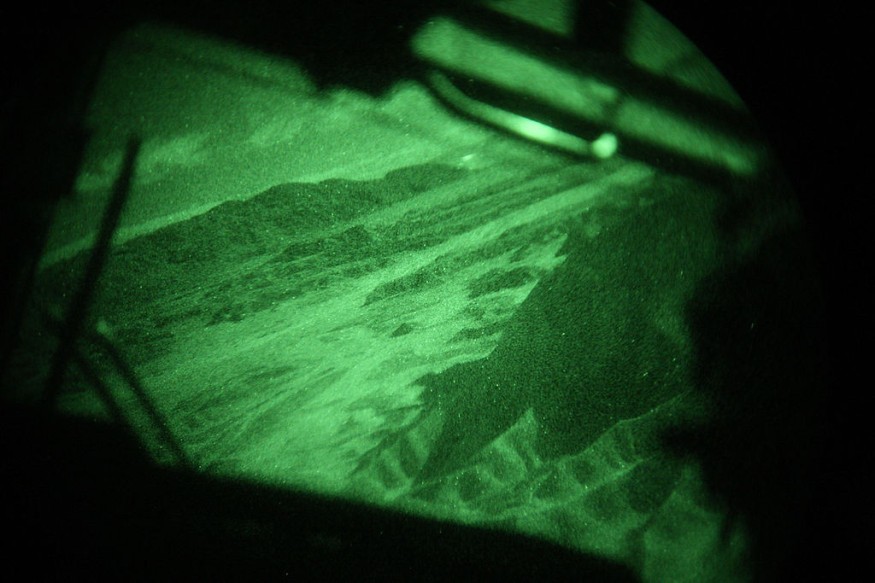Human vision is able to perceive light on the visible spectrum, wavelengths of photons from 300 to 7100 nanometers. Infrared light, on the other hand, exists far beyond 700 nanometres and is invisible to the naked human eye. Numerous night vision systems detect infrared lights and transpose them into the camera's digital display providing humans with monochromatic sight.
Conventional night vision systems render images in a monochromatic green display. Meanwhile, newer night vision systems utilize ultrasensitive cameras in detecting and amplifying visible light.
AI Infrared Camera: Shoots Full-Color in Total Darkness

Scientists from the University of Irvine strived to take the process a step further by combining infrared data with an AI algorithm to predict color and render images in the same way as if light existed in the visible spectrum.
On the other hand, scientists explain that computer vision tasks with low illuminance imaging are already employing image enhancement and deep learning in an effort to aid in object detection from the infrared spectrum. However, accurate interpretation of the same scenes in the visible spectrum is yet to be achieved. This is why researchers were sent out to amp up the process of night vision systems, as reported by PetaPixel.
The authors of the study wrote that the team sought to develop imaging algorithms powered by an architecture of optimized deep learning whereby infrared spectral illumination of a scene could be utilized to predict a visible spectrum rendering of the same scene as if it was perceived by inhuman eyes with visible spectrum light.
Researchers add that the novel technique would make it possible to render a visible spectrum scene digitally to humans when they are in complete darkness illuminated only with infrared light.
Development of Night Vision Camera that Combines AI and Infrared
In the study published in the journal PLOS One, titled "Deep learning to enable color vision in the dark" experts used monochromatic camera sensitive to visible and near-infrared light in order to acquire image datasets of printed images of faces under multispectral illumination that spanned visible red, green, and blue light as well as infrared wavelengths.
Authors wrote that conventional cameras we used today acquire blue, green, or red pixel data in order to produce a color image perceptible to the naked human eye. The team investigated if a combination of infrared illuminates in the red and near-infrared spectrum of light could be processed via deep learning to recompose images with the same appearance as if visualized with the visible light spectrum. Researchers were able to establish a controlled visual context with limited pigmentation to test out their hypothesis that DL renders human-visible scenes using NIR illumination that would otherwise be invisible to the naked eye.
Researchers were able to optimize convolutional neural networks to predict images in the visible spectrum using only near-infrared information. The team believes that the recent study is the first step toward predicting human vision from near-infrared illumination.
RELATED ARTICLE : OpenAI Text-to-Image Generator 'DALL-E 2' Now Edits and Combines Existing Pictures
Check out more news and information on Tech & Innovation in Science Times.
© 2025 ScienceTimes.com All rights reserved. Do not reproduce without permission. The window to the world of Science Times.











